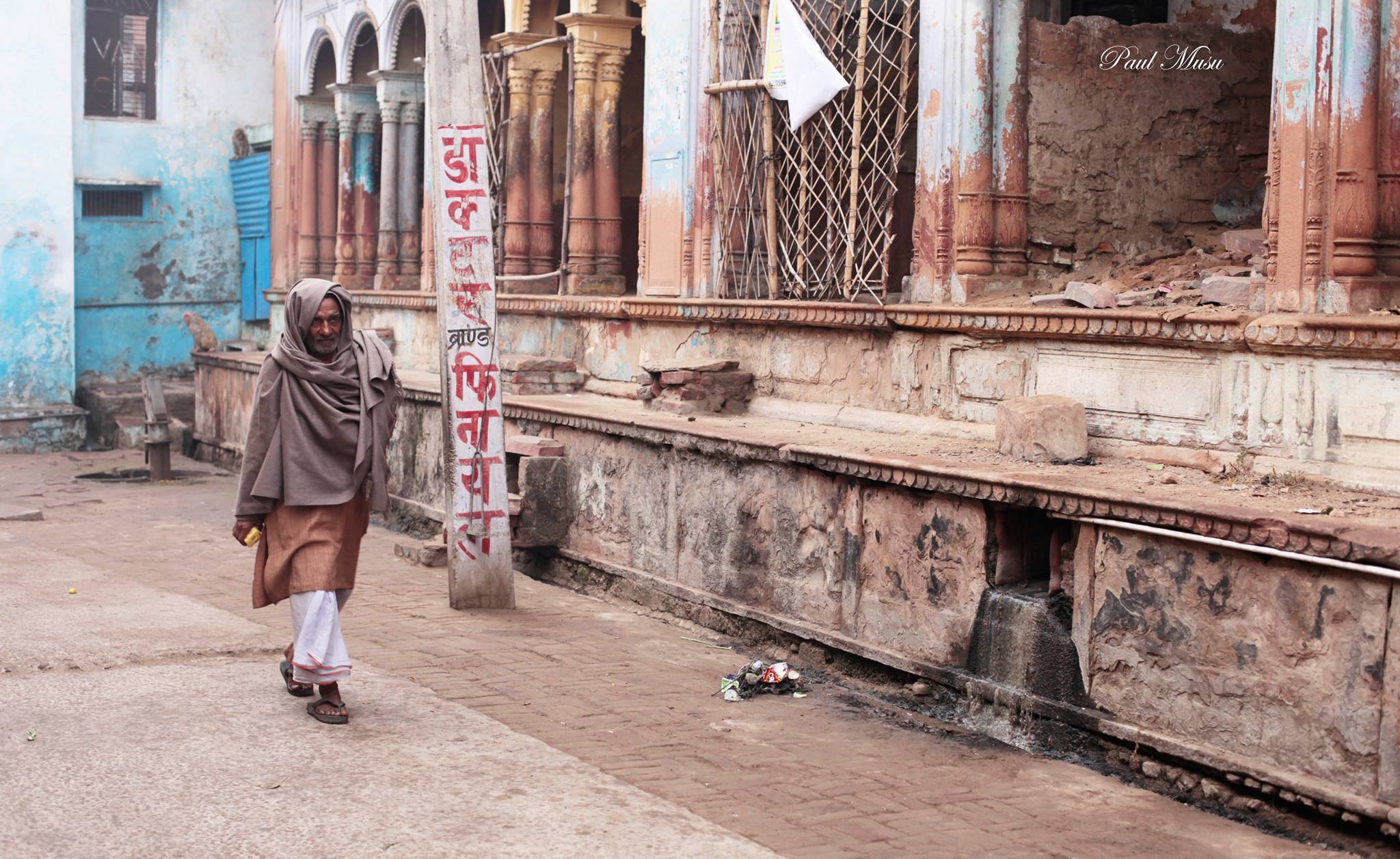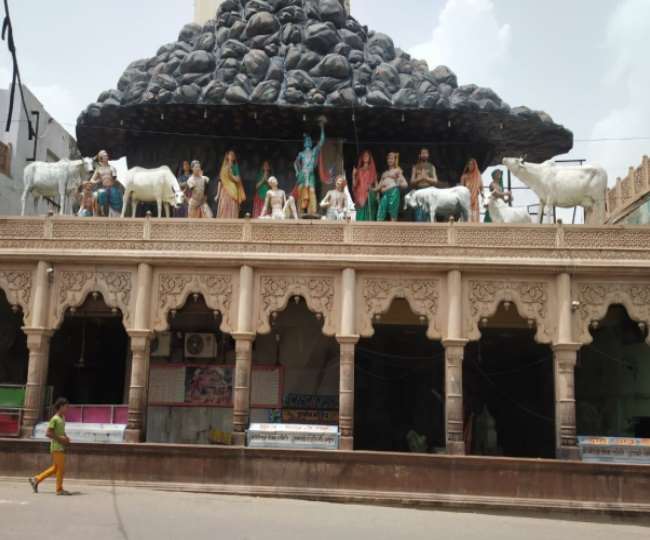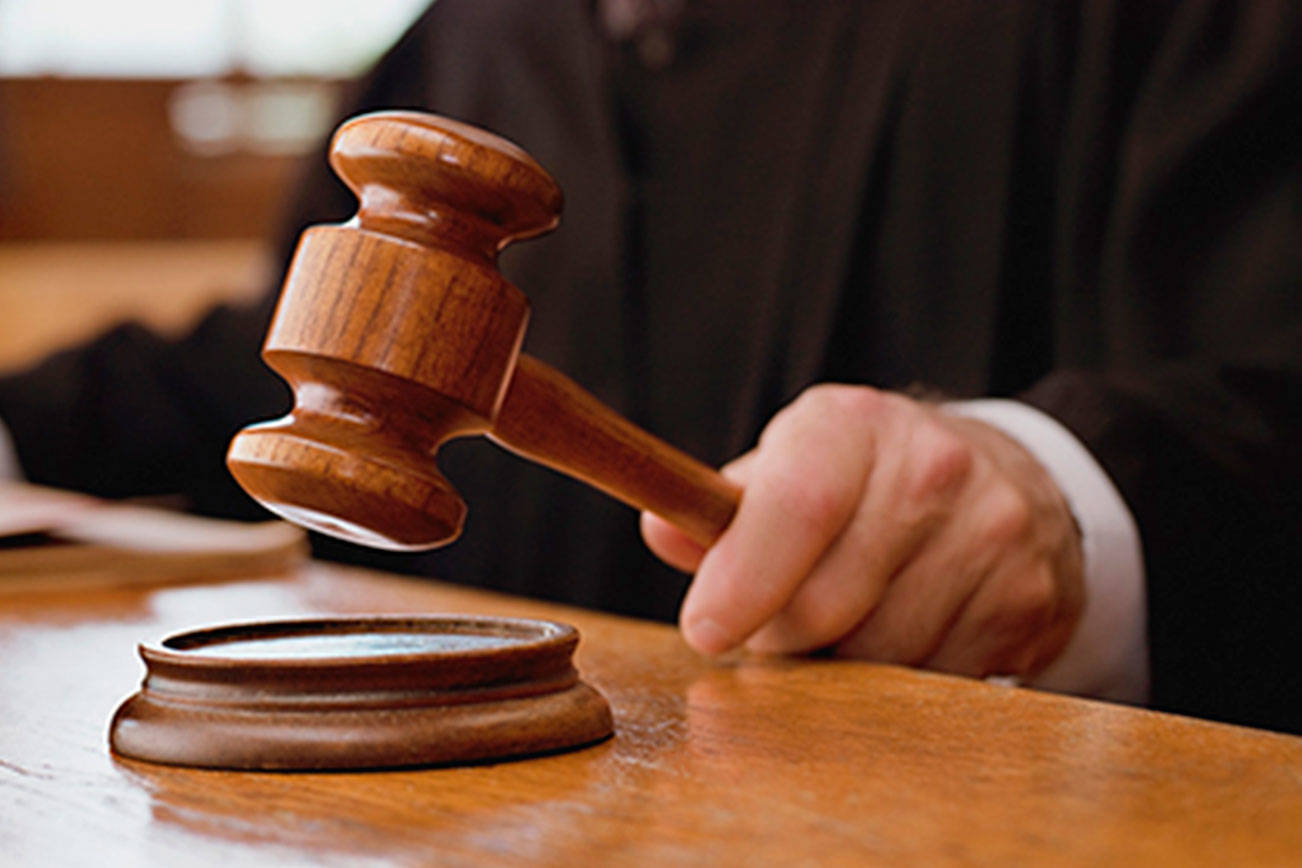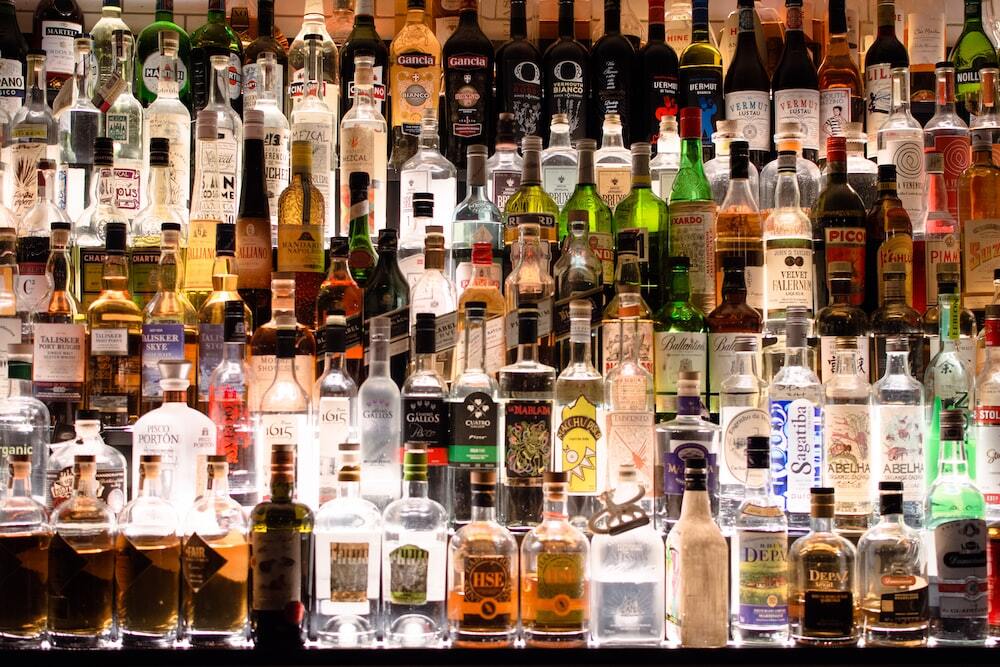2024.10.05 (Vrindavan Today News): When Vrindavan was re- discovered 500 year before, several erstwhile princely states and zamindars built their own Shri Krishna temples in Vrindavan in the following years. Many of which were handed over to the respective state governments after India got independence in 1947. Many temples, dharmashalas and ashrams were built by the wealthy people from the state of Rajasthan, West Bengal, Madhya Pradesh, Manipur, Bihar, Delhi etc. In some cases, those temples were named after those states. Small temples were called ‘kunj’ i.e the sacred groves. Chhatisgarh wali kunj, Manipur kunj, Dilli wali Dharmashala, Datiya wali kunj, Gwalior Mandir, Jaipur Mandir etc. were named after the princely states. There are elven temples in Vrindavan belonging to the State of Madhya Pradesh. The condition of these temples has significantly deteriorated over the years. Many of these temples are now in a state of disrepair, have been illegally encroached by locals who continue to occupy the premises, paying meager rents. Some individuals succeeded in transferring the ownership of properties linked to three of these temples to the Mathura Municipal Corporation in June 2024. Upon learning of this, the Madhya Pradesh government swiftly challenged the transfers, and legal proceedings are currently ongoing. The eleven temple complexes, including Ratlam Kunj, Sawant Bihari – Kaanch ka mandir, Shravan Kunj, Sailana Kunj, Radha Krishna Temple, Priyavallabhji in Chhipi Gali, Datia Nohra, and Hira Mohan Dharamshala, are all situated within the narrow, bustling streets of Vrindavan. These structures, many of which are historical, have long awaited restoration. Some are now in such a dire state that they are at risk of collapse. As the custodian of these temples, the Divisional Commissioner of Gwalior is tasked with overseeing their management under the “Devasthan Vibhag” (department of religious endowments). When these temples were originally handed over to the government, they fell under the jurisdiction of the Madhya Pradesh government, specifically under the administrative control of the Gwalior Division. The Divisional Commissioner is also responsible for overseeing other properties and endowments that fall under the “Mafi and Auqaf” category, ensuring proper management and control. In the case of the questionable transfers, records show that the properties were initially registered under the erstwhile princely state of Bijawar before the ownership titles were transferred to the Mathura Municipal Corporation by paying property tax.
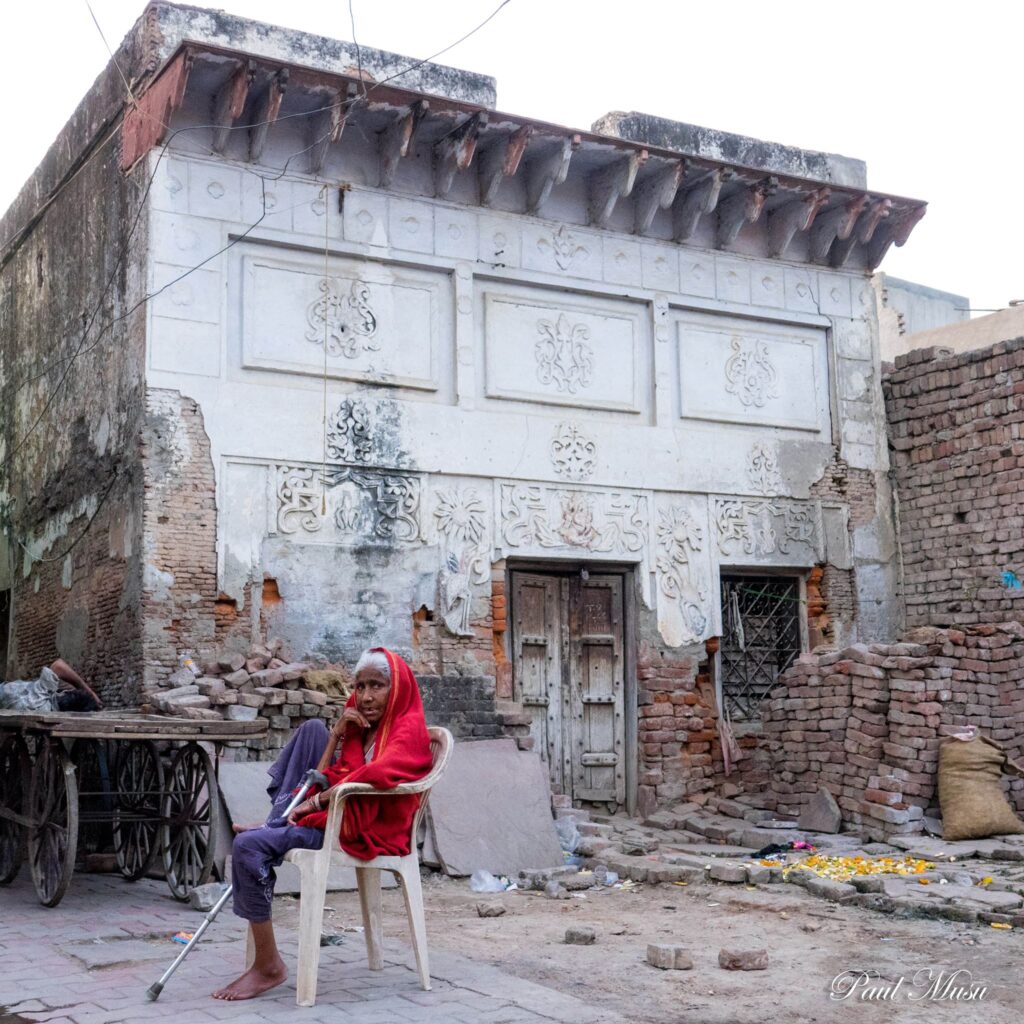
In response to these developments, Gwalior officials suggested that a district-level official from Mathura be included as a member of the temple management committee to ensure better maintenance and oversight of these temple properties. Despite meetings between senior officials from Gwalior and the District Magistrate of Mathura, a resolution has yet to be reached.
The District Magistrate had previously directed the Public Works Department (PWD) of Mathura to assess the properties for rent determination, but PWD officials indicated that a comprehensive survey was needed. Meanwhile, officials from Gwalior have repeatedly visited Vrindavan, particularly following the illegal transfer incident, to take the necessary actions and safeguard the properties. Several visits were made before September 30, 2024, as part of ongoing efforts to rectify the situation.
The situation highlights both the vulnerability of historic religious sites and the administrative challenges posed by such properties, especially when they are located in areas outside the immediate control of the owning state. As legal proceedings continue, the future of these temples, many of which are integral to the religious and cultural landscape of Vrindavan, remains uncertain. However, the Madhya Pradesh government has expressed its determination to ensure that these properties are preserved and managed in accordance with their historical and religious significance.
—


